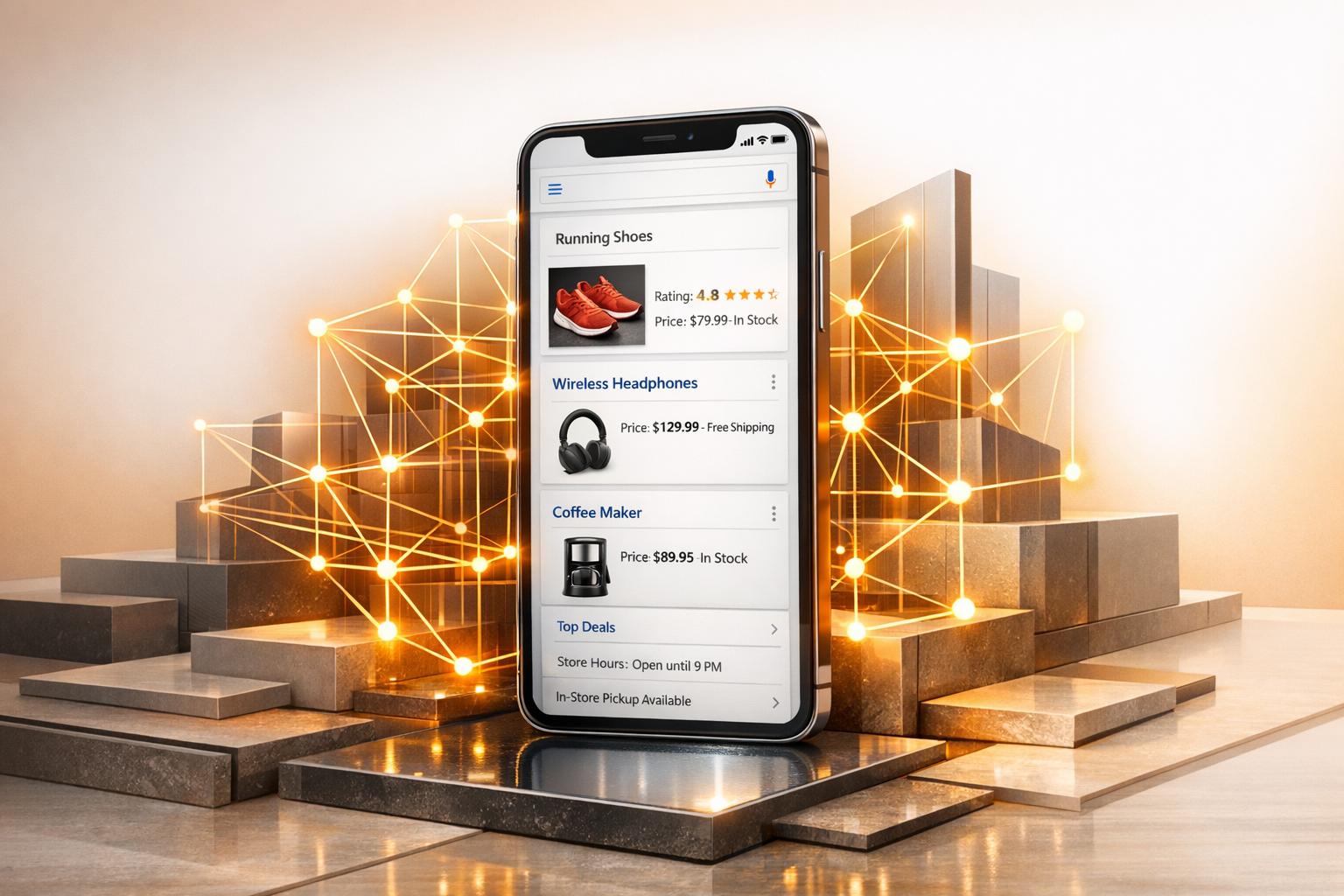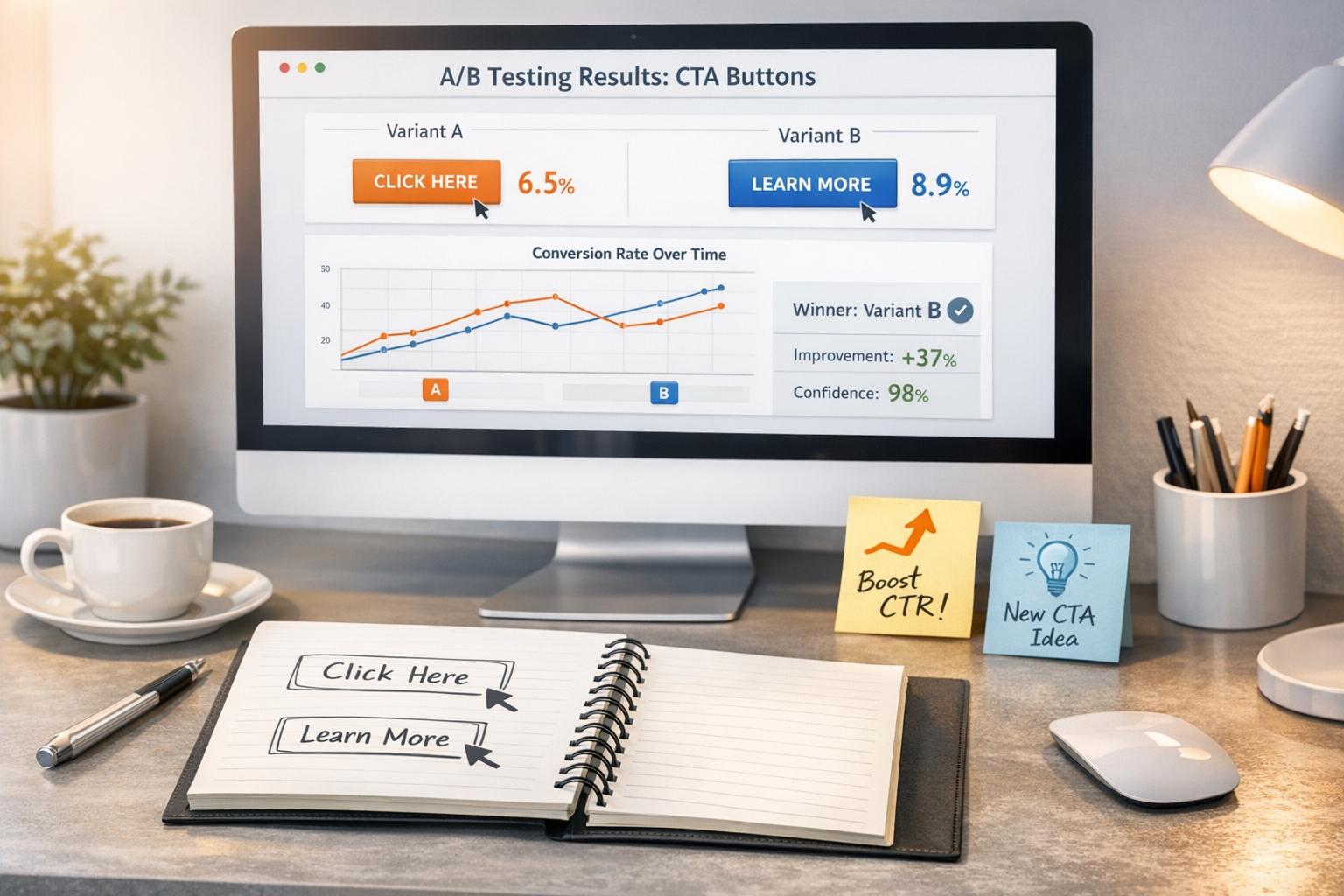

What Is Conversion Optimization? The Essentials

What Is Conversion Optimization? The Essentials
 15-02-2025 (Last modified: 21-05-2025)
15-02-2025 (Last modified: 21-05-2025)
Introduction
Attracting visitors to your website is great, but if they don’t take action—whether that’s making a purchase, signing up for a newsletter, or requesting a demo—you’re missing out on valuable opportunities. What is conversion optimization? It’s the process of refining your website and marketing strategies to increase the percentage of visitors who complete a desired action. In short, it’s all about turning traffic into tangible results.
This guide will break down what conversion optimization is, why it matters, and how businesses can use it to boost growth and profitability.

What Is Conversion Optimization?
Conversion optimization, also known as conversion rate optimization (CRO), is the process of improving your website or landing pages to encourage more visitors to take a specific action. These actions can include:
- Making a purchase
- Subscribing to a newsletter
- Filling out a contact form
- Signing up for a free trial
- Downloading a resource
Your conversion rate is calculated as follows:
For example, if 1,000 people visit your website and 50 make a purchase, your conversion rate is 5%.
Why Is Conversion Optimization Important?
If your website has plenty of visitors but few conversions, your marketing efforts aren’t paying off as they should. Here’s why conversion optimization is essential:
- Increases Revenue Without More Traffic – Instead of spending more on ads, you maximize the value of your existing visitors.
- Reduces Customer Acquisition Costs – Higher conversion rates mean you get more out of your marketing budget.
- Improves User Experience – A well-optimized site makes navigation and interactions seamless.
- Provides Data-Driven Insights – Testing and tracking help you make informed decisions.
- Gives You a Competitive Advantage – Businesses that focus on CRO outperform those that rely solely on traffic growth.
Want to learn how SEO and CRO work together? Check out our guide on SEO and Conversion Optimization.
Common Challenges Businesses Face with Conversions
Many businesses struggle with low conversion rates due to:
- High Bounce Rates – Visitors leave without interacting with the page.
- Slow Load Times – A few extra seconds of loading time can lead to abandonment.
- Unclear CTAs – Users don’t know what step to take next.
- Cluttered or Confusing Design – A messy layout makes it hard for visitors to focus.
- Lack of Trust Signals – Without social proof, customers hesitate to convert.

Key Strategies for Effective Conversion Optimization
Now that we’ve covered what conversion optimization is, let’s look at some proven strategies businesses can implement to improve results.
1. Optimize Your Landing Pages
Your landing page should be laser-focused on the action you want visitors to take.
- Use clear and compelling headlines that highlight value.
- Remove unnecessary distractions and keep the page simple.
- Make sure CTAs are prominent and action-oriented (e.g., “Get Started Now” instead of “Submit”).
2. A/B Test Different Page Elements
Small changes can lead to big improvements. A/B testing allows you to compare variations of:
- Headlines
- CTA buttons (color, text, placement)
- Images and videos
- Form fields
Use a tool like PageTest.ai to test different versions of your site and measure what works best.
3. Improve Page Load Speed
A slow website can drive users away before they even see your content.
- Compress images and optimize file sizes.
- Use a Content Delivery Network (CDN) to load content faster globally.
- Minimize unnecessary scripts and plugins.
4. Make Your Website Mobile-Friendly
With over 60% of web traffic coming from mobile devices, optimizing for mobile is non-negotiable.
- Ensure responsive design for different screen sizes.
- Use large, tappable buttons for easy navigation.
- Avoid intrusive pop-ups that frustrate mobile users.

5. Build Trust with Social Proof
Customers are more likely to convert when they see that others trust your brand.
- Display customer testimonials and reviews.
- Highlight case studies and success stories.
- Show trust signals like security badges and money-back guarantees.
6. Reduce Form Friction
If your form is too long or complicated, users will abandon it.
- Only ask for essential information.
- Use auto-fill and smart fields to speed up the process.
- Break long forms into multi-step sections to make them more manageable.
7. Use Exit-Intent Popups
Before users leave, offer them an incentive to stay or return later.
- Provide discounts or free resources in exchange for their email.
- Offer a limited-time deal to create urgency.
- Ask for feedback to understand why they’re leaving.
Real-World Example: How Conversion Optimization Increased Sales by 30%
A fashion e-commerce store struggled with a high bounce rate and low checkout completion. After implementing a few conversion optimization strategies, they saw a 30% increase in sales.
Here’s what they did:
- Simplified the checkout process – Reduced the number of form fields from 6 to 3.
- Added urgency messaging – Used “Only 5 left in stock” prompts.
- Optimized for mobile users – Improved site speed and made buttons larger for easy tapping.
- Tested different CTA button colors – Switched from blue to green, which led to a 12% boost in conversions.
These small but impactful changes turned more visitors into paying customers.
Conclusion: Why Every Business Needs Conversion Optimization
Understanding what is conversion optimization and applying the right strategies can make a huge difference in your business performance. Whether you’re running an e-commerce store, a SaaS platform, or a service-based business, improving your conversion rate means more leads, more sales, and more revenue without increasing your ad spend.
Key Points to Remember:
- Conversion optimization helps maximize the value of your existing traffic.
- A well-optimized website improves both user experience and revenue.
- A/B testing, mobile optimization, and social proof are powerful CRO tactics.
- Small changes—like refining CTAs and improving page speed—can lead to big results.
Now that you know what conversion optimization is, are you ready to start improving your own website? Try out these strategies and watch your conversions rise!
FAQs: Understanding What Conversion Optimization Is
What is conversion optimization in simple terms?
Conversion optimization is the process of improving your website so more visitors take action—like signing up, purchasing, or booking a demo. It’s about turning traffic into results.
How do you calculate your conversion rate?
Divide the number of conversions by the number of total visitors, then multiply by 100. For example, if 50 out of 1,000 visitors make a purchase, your conversion rate is 5%.
Why is conversion optimization important for business growth?
It helps you get more value from the traffic you already have—meaning more sales without needing more ad spend. It also improves user experience and lowers customer acquisition costs.
What are some common reasons users don’t convert?
Slow load times, confusing design, unclear CTAs, long forms, and lack of trust signals are all common blockers. Even small tweaks can make a big difference.
What tools can help with conversion optimization?
Tools like PageTest.ai are great for A/B testing and analyzing what works best. You can also use Google Analytics, Hotjar for heatmaps, and a CDN to improve site speed.
What’s the difference between SEO and conversion optimization?
SEO drives traffic to your site, while conversion optimization turns that traffic into action. They work best when combined. A high-ranking page is only valuable if it also converts visitors.
say hello to easy Content Testing
try PageTest.AI tool for free
Start making the most of your websites traffic and optimize your content and CTAs.
Related Posts

 10-01-2026
10-01-2026
 Ian Naylor
Ian Naylor
How Structured Data Boosts Mobile Conversions
Add JSON-LD schema to turn mobile search results into rich snippets that increase CTR, show prices and availability, and lift conversions.

 08-01-2026
08-01-2026
 Ian Naylor
Ian Naylor
How AI Improves CTA Testing and Refinement
Use AI to auto-generate CTA variations, run tests, track real-time engagement, and auto-optimize buttons across pages to improve conversions.

 06-01-2026
06-01-2026
 Ian Naylor
Ian Naylor
Ultimate Guide to Trust Signals for CRO
How trust signals — reviews, security badges, guarantees, and design — reduce hesitation and boost conversions with strategic placement and testing.
